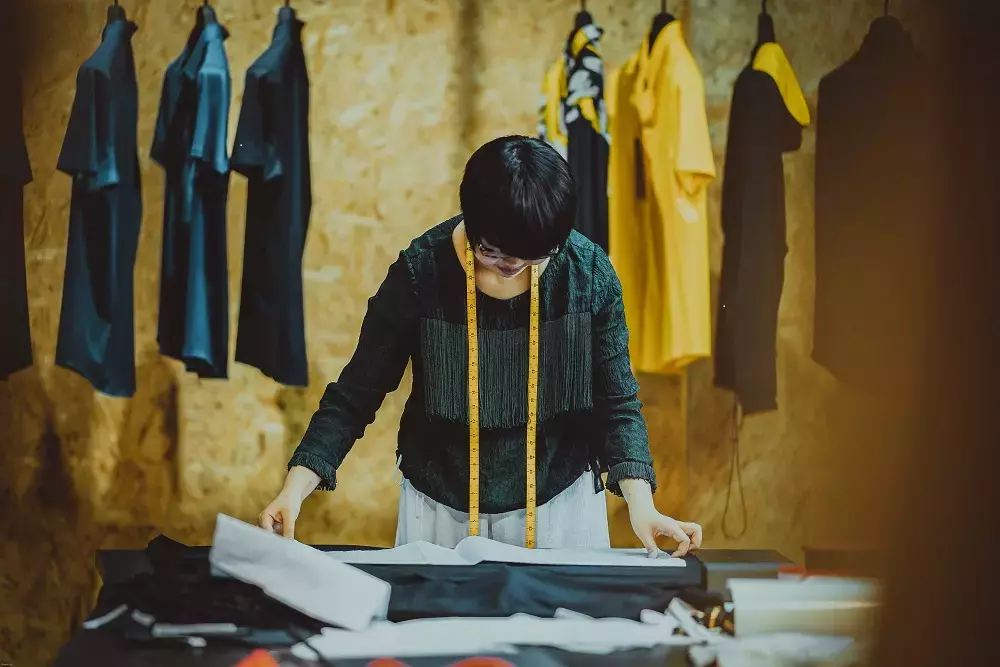Mass Production Sewing Techniques for Your Small Business
2019-01-18
If you’re running a growing business, production is key. Mass production sewing factories use only tried and true methods that result in a high-quality product for low production costs. Not to mention, they work with extreme efficiency! Here are some tips to streamline your own production practices on a smaller scale.
Simple Fabrics
Usually, people will use very simple fabrics when working on a practice model for clothes or crafts. But, if you're looking to make dozens of the same project, then you should keep your fabrics simple. Avoid material that stretches too much or is generally difficult to feed into a machine.
Simple fabrics reign supreme when it comes to mass production, not only because they're easier to work with, but they will usually last longer as well. This technique doesn't mean that everything you make must be identical. You can choose similar fabrics, different colors or different prints.
Using simple fabrics eases other parts of the creation process, such as ironing and cutting. It's easier on your iron to stay in one setting, and it's easier on you not having to change settings every time you move on to your next piece.
Make Your Tools Easier to Use
Simplifying tools makes it easier for anyone to work on various projects. It also helps to keep your tools primed for use. That means before you start on your mass production project, clean your iron and ironing board as well as the cover.
Set your iron to the setting that suits your fabric. Then, if you haven’t lately, sharpen your scissors or replace your rotary blade. Keeping these tools and your sewing machine parts in prime condition will ensure that you don’t have to slow down at any point in your project. Mass production techniques focus on efficiency.
Break Down Each Step of the Project
One technique that keeps mass production factories so efficient is that they work in the form of an assembly line. First, they do all the prep work such as ironing and removing the selvages. Then they cut everything to size, and finally, they get down to sewing.
Break your project down into the most straightforward steps but include the detailed steps that make a huge quality difference, such as ironing before cutting.
Factory Standards
Factory standards utilize proven techniques that aid efficiency without reducing quality. These two standards have a significant impact on your end product.
Avoid Pinning
Some pinning might be necessary as you get used to the fast pace of a Juki industrial machine. Any industrial sewing machine will typically operate with much more speed than a standard machine, and it can scare some people at first.
Avoid pinning, because it’s a waste of time if you’re making more than three or four of the same items. Sure, your first two blankets or scarves may not turn out that pretty, but you'll get used to handling your fabric and feeding it into your machine without pins.
Use Workstations
We talked about breaking your project down into small steps earlier, and this technique will help you build that habit. Set up one workstation for ironing, one for cutting and one for sewing. Make sure that your tools are available in the area where you will use them most, so you're not moving between stations wasting valuable time.
The reason why workstations have such a significant impact on efficiency is that it removes all the clutter that comes with crafting.
For all your sewing needs, check out GoldStar Tool’s selection of sewing supplies.





